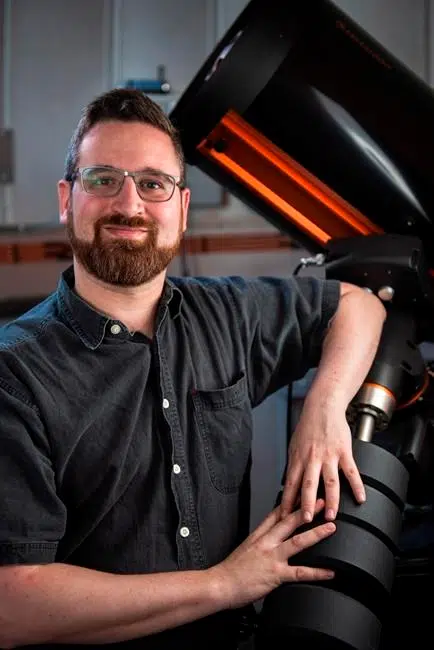
‘It’s humbling:’ Alberta scientists help track high-energy neutrino
EDMONTON — Canadian scientists are part of an international team that has for the first time tracked a tiny, high-energy twist of matter to its source in deep space.
University of Alberta astronomer Greg Sivakoff says tracing a single neutrino to a black hole four billion light-years distant will give researchers a whole new way to probe the universe’s most exotic secrets — what astronomers call multimessenger astronomy.
“It’s like sitting down to a good meal,” said Sivakoff, one of five Canadians who are part of the team.
“A good dish will look good, smell good, feel good and the taste will be good. A good meal will engage all of your senses.


